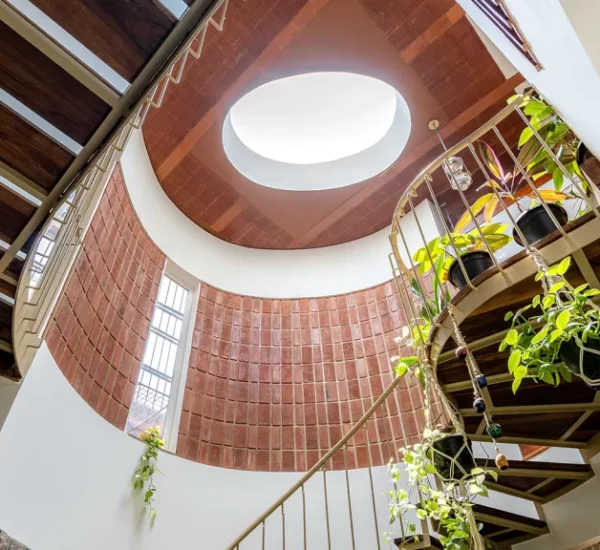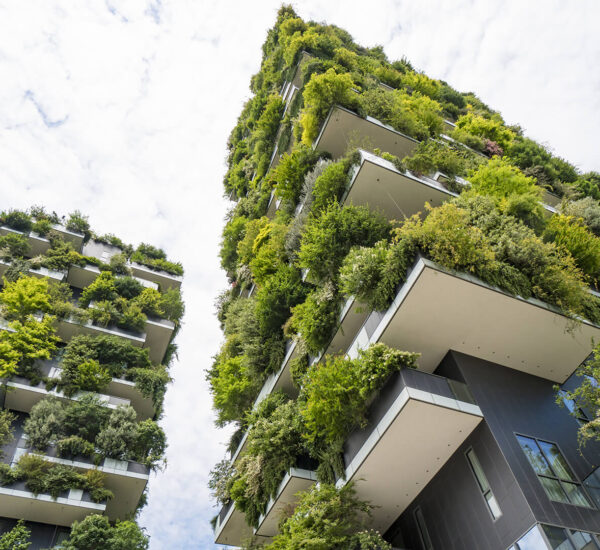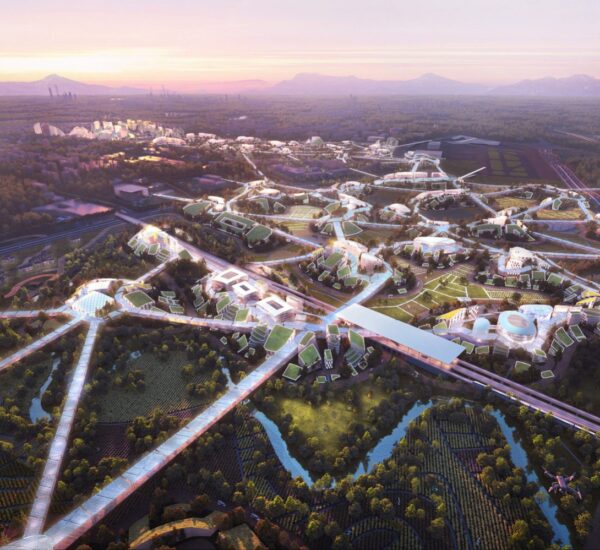Modern architecture has undergone significant transformation over the last century, evolving through various styles and philosophies that reflect changing cultural, social, and technological landscapes. From the sleek lines and simplicity of minimalism to the bold, extravagant designs of maximalism, architecture has embraced diverse approaches to form and function. This post explores the evolution of modern architecture, focusing on how minimalism and maximalism represent two distinct, yet interconnected, movements that continue to shape the built environment today.
1. The Rise of Modernism and Minimalism
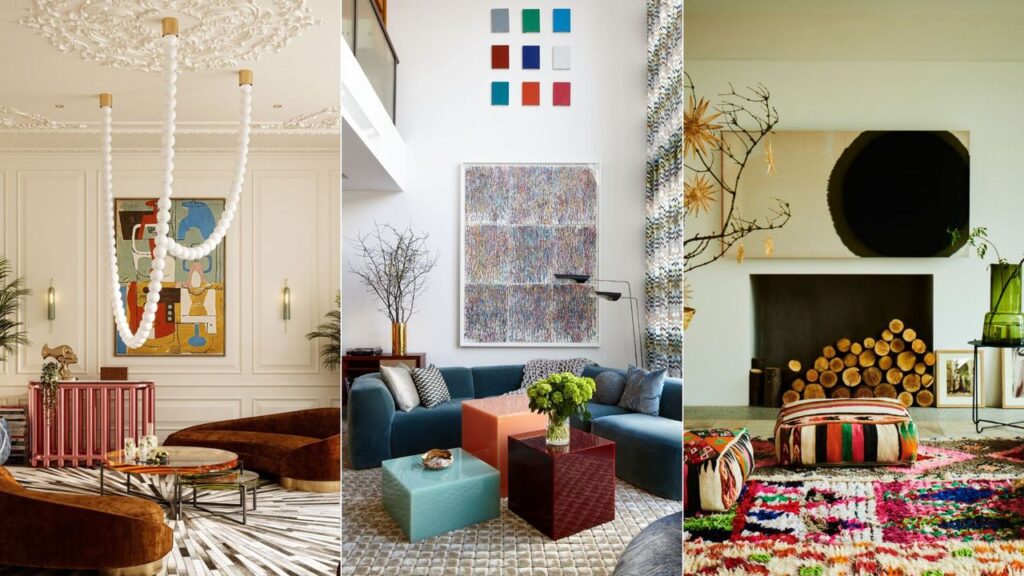
The roots of modern architecture trace back to the early 20th century, with the advent of the Modernist movement. Modernism sought to break away from the ornate, decorative styles of the past, favoring clean lines, functional forms, and a focus on simplicity. This period was heavily influenced by the Industrial Revolution, which introduced new materials like steel, glass, and concrete, allowing architects to experiment with forms that were previously impossible.
- Key Characteristics of Minimalism: Minimalism in architecture, often regarded as a continuation of modernist ideals, emphasizes the “less is more” philosophy, a concept championed by architect Ludwig Mies van der Rohe. Minimalist designs focus on simplicity, clean lines, and a neutral color palette. The emphasis is on function over decoration, with the architecture often stripped down to its bare essentials.
- Architectural Icons of Minimalism: The work of architects like Tadao Ando, John Pawson, and the minimalist design philosophy of the International Style, seen in buildings such as the Barcelona Pavilion and Le Corbusier’s Villa Savoye, are prime examples of minimalist architecture. These buildings prioritize open, unobstructed spaces, a sense of calm, and a connection to natural surroundings, all achieved through minimal structural elements.
2. The Impact of Technology and Urbanization
As the 20th century progressed, rapid technological advancements and increasing urbanization began to influence architectural design. The widespread availability of new building materials, such as steel and glass, alongside the rise of skyscrapers, led to more ambitious architectural designs that pushed the boundaries of scale and form. This era saw the rise of functionalism in architecture, where the purpose of a building directly influenced its form, and efficiency became a key design consideration.
However, with the rise of urban sprawl and growing demands for large-scale buildings, some architects began to push back against the rigid constraints of minimalist design, experimenting with more elaborate and expressive forms.
3. The Shift Toward Maximalism
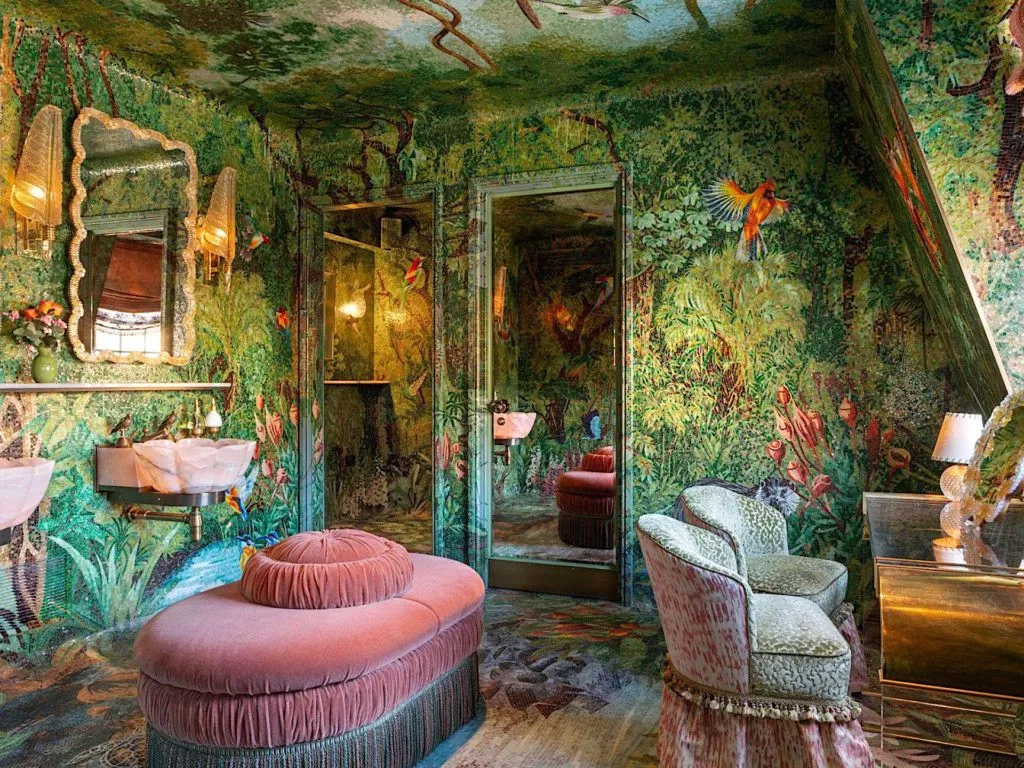
By the late 20th and early 21st centuries, the architectural world witnessed a shift from the restraint of minimalism to the bold, exuberant forms of maximalism. Maximalism, in contrast to minimalism, embraces complexity, bold colors, ornate details, and the use of unusual materials. It celebrates excess and individuality, allowing architecture to express personality, culture, and creativity in more vibrant, sometimes eccentric ways.
- Key Characteristics of Maximalism: Maximalism in architecture is about embracing complexity and decoration. Buildings in the maximalist style often feature exaggerated forms, intricate detailing, and a mixture of contrasting materials and colors. Where minimalism seeks to hide or obscure functional elements, maximalism puts them on display, often to create a sense of playfulness and dynamism.
- Architectural Icons of Maximalism: One prominent example of maximalism is the work of architect Frank Gehry, whose Guggenheim Museum in Bilbao and the Walt Disney Concert Hall in Los Angeles feature dramatic, curvaceous forms and a sense of fluidity. Other architects, such as Zaha Hadid and Rem Koolhaas, have also been known for their maximalist designs, embracing dynamic shapes and innovative structures that challenge traditional notions of form and function.
4. Minimalism vs. Maximalism: Contrasting Philosophies

While minimalism and maximalism might seem like opposing forces in the world of architecture, they often share common themes and goals. Both movements aim to create meaningful spaces that serve the needs of their occupants and reflect the spirit of their time. The difference lies in how these objectives are achieved.
- Minimalism’s Quiet Elegance: Minimalism, with its emphasis on simplicity, tends to create spaces that foster calm and contemplation. It often uses natural light, open spaces, and muted colors to create serene environments. The minimalist approach can be seen as a response to the overstimulation of modern life, offering a sense of refuge and tranquility in an increasingly busy world.
- Maximalism’s Expressive Energy: Maximalism, on the other hand, seeks to create spaces that are visually stimulating, exciting, and unique. It celebrates individuality and the idea that architecture can be an expression of personal or cultural identity. Maximalist spaces often evoke emotion and encourage engagement, challenging visitors to experience the environment in a more dynamic, interactive way.
5. The Future of Architecture: A Blend of Both Styles
As architecture continues to evolve, many contemporary designers are exploring ways to merge the principles of minimalism and maximalism, recognizing that both have valuable contributions to offer. The future of modern architecture might involve creating spaces that balance the quiet, restrained elegance of minimalism with the vibrant, expressive energy of maximalism.
- Adaptive Reuse and Contextual Design: One emerging trend is the adaptive reuse of existing buildings, which combines minimalist interventions with maximalist additions. Architects are increasingly finding ways to preserve the historical significance of a structure while integrating bold, modern elements that address the needs of contemporary users.
- Sustainability and Human-Centered Design: As sustainability and human-centered design become more central to architectural practices, designers are looking for ways to create spaces that are not only visually compelling but also environmentally responsible and focused on enhancing the well-being of inhabitants. This may involve combining minimalist materials and energy-efficient design with maximalist approaches to social and cultural engagement.
Conclusion
The evolution of modern architecture from minimalism to maximalism reflects broader societal changes and the ever-evolving needs and values of communities. While minimalism offers simplicity and serenity, maximalism embraces complexity and creativity, providing architects with a vast array of tools to express themselves and respond to the world around them.
As we move forward, the blending of these two approaches may define the next phase of architectural innovation, allowing for spaces that are both functional and emotionally resonant, while also engaging with the environmental and cultural contexts in which they are built. The future of architecture is one that celebrates both restraint and excess, offering endless possibilities for creating meaningful, impactful spaces.


